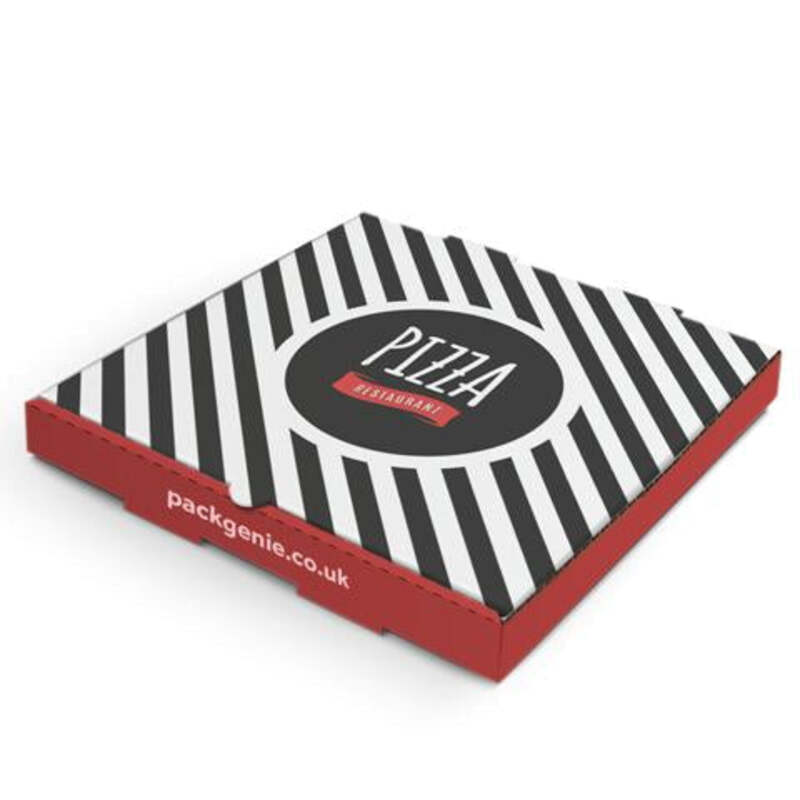The Art and Utility of Piping Bags in Baking
Piping bags, a baker's indispensable tool, are essential for anyone looking to elevate their pastry and cake decorating skills. Whether you are a professional pastry chef or a home baking enthusiast, understanding the variety and purpose of piping bags can transform your culinary creations into visually stunning masterpieces.
What is a Piping Bag?
A piping bag is a cone-shaped bag made of various materials such as plastic, cloth, or paper, designed to hold frosting, cream, batter, or other soft mixtures. It features a narrow opening at one end where a piping tip can be attached, allowing for intricate designs and detailed decorations. The other end is typically closed and often secured with a twist or a knot to prevent the filling from escaping before you're ready.
Types of Piping Bags
Piping bags come in various materials and sizes, each suited for different tasks
.- Disposable Plastic Piping Bags These are convenient and popular among bakers who like to switch between multiple colors and types of frosting without having to clean up. They are strong enough to withstand the pressure of squeezing but flexible enough to allow for precise control.
- Reusable Cloth Piping Bags Made from durable materials, these bags can be washed and reused, making them an environmentally friendly option. They tend to hold their shape better than disposable bags, providing good control during decorating.
- Silicone Piping Bags These are flexible, non-slip, and can withstand high temperatures, making them perfect for both hot and cold mixtures. Their unique properties allow for easy cleaning and they are dishwasher safe.
Regardless of the material, piping bags come in various sizes, typically ranging from 10 inches to 24 inches in length. Choosing the appropriate size depends on the amount of frosting or filling you will be using—larger bags are ideal for heavy-duty tasks, while smaller bags are perfect for intricate work.
Piping Tips
piping bags

The true potential of a piping bag is unlocked when paired with different piping tips. Tips come in multiple shapes and sizes, each creating different textures and patterns.
- Round Tips These are among the most versatile and can be used for writing, filling pastries, and creating dots and swirls.
- Star Tips With a star-shaped opening, these tips create a variety of decorative elements, from rosettes to borders. They are perfect for adding texture to frosting.
- Leaf and Petal Tips These tips allow bakers to create realistic floral designs, making it easy to embellish cakes with roses, leaves, and other intricate details.
Techniques for Using Piping Bags
Using a piping bag effectively requires practice, but following a few tips can help ensure success
1. Filling the Bag To fill a piping bag without making a mess, fold down the top of the bag, place the piping tip inside a glass or cup, and then fill the bag. This method keeps the outside of the bag clean and makes it easier to control the filling.
2. Squeezing Technique Hold the bag at a 45-degree angle and use your dominant hand to squeeze while guiding the bag with your other hand. This technique allows for better precision and control over the flow of frosting or filling.
3. Practice Makes Perfect Before decorating your masterpiece, practice on parchment paper to get a feel for how much pressure is needed to create different designs.
Conclusion
Piping bags are more than just tools; they are gateways to creativity in baking. By mastering their use, bakers can unlock a world of possibilities, turning simple cakes and pastries into artistic expressions. Whether you’re preparing for a special event or just indulging in a weekend bake, investing time to learn the art of piping can enhance not only the visual appeal of your desserts but also the joy of baking itself. So grab your piping bag, unleash your creativity, and watch as your baking transforms into an exhibition of delicious art.



